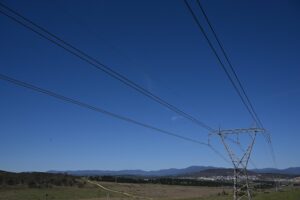What a difference a year makes.
When we started our research with the Alternative Technology Association on the economics of stand-alone power for Victoria, the thought of networks businesses shrinking or re-configuring their business model to accommodate solar power and battery storage was the stuff of behind the scenes, muted conversation.
Network company insiders would talk in whispers about the coming threat to their business, but the public debate was dominated by the need for top-down reform, price-signals and big grid solutions. Understandably so, solar power had taken us all by surprise in 2011 and batteries doing the same thing felt like a threat that could be managed. Publicly, many of the incumbent energy businesses resisted moves to reform energy markets, defending their territory.
Today, CEO’s of energy network businesses talk openly about the looming challenges posed by local energy production and storage. There is talk about the need for proactive market reform and policy direction, to enable their successful adaptation to the new energy fundamentals. Strangely, the retailers have been silent.

True, if we want private network businesses to own and operate power generation assets as generators, and not for network support, we need reform. True, if we want private network companies to invest directly in energy efficiency, we need reform. But the catch is, network businesses are required by law to invest in network and non-network solutions, in order to provide network services cost-effectively to customers.
So what is stopping them partnering with others to do that?
Is it the long-argued debate about guaranteed returns on capital spending vs cost recovery of operating costs? Is it the natural fear of change? Are risks of alternatives to network spending seen as too great, and if so why? Innovation is never easy, although clearly some network companies have managed to move faster and further than others – the demand management incentive scheme may be remembered for being too little, too late.
A future energy market with stand-alone energy infrastructure and micro-grids servicing the regions seems inevitable. The economics are on track to be compelling, and economic fundamentals are hard to resist. The critical challenge for network companies in this future will not be the business model. It will not be integrating technology and it will not be the policy settings. It will be that after years of resisting change and years of rising prices, and for some regions, years of service neglect, will customers want them?
I have no doubt that some network companies have excellent relationships with customers and have long-standing, hard earned trust. But for those that don’t, the future is up for grabs.
Tosh Szatow is director, Energy for the People.








